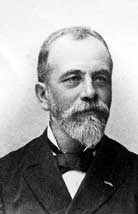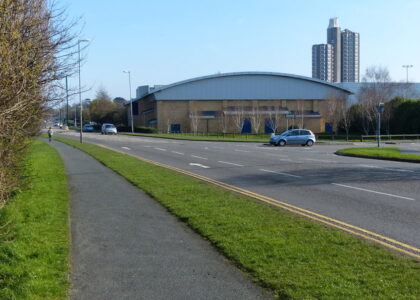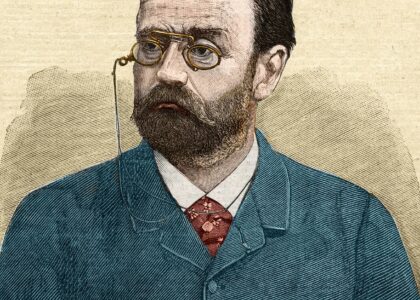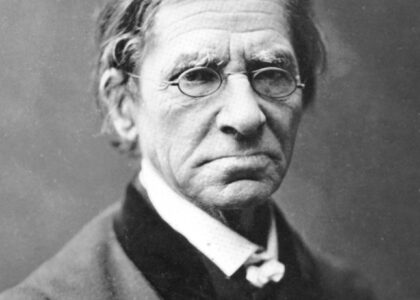Welcome to a journey through the life and contributions of Marcel Alexandre Bertrand, a pivotal figure in the field of geology, whose work continues to influence the scientific community today. Born in Paris on July 2, 1847, Bertrand was part of a family deeply rooted in intellectual pursuits. His father, Joseph Louis François Bertrand, was a renowned mathematician, and his father-in-law, Éleuthère Mascart, was a noted physicist, establishing a robust scientific lineage.
Bertrand’s academic journey began at the prestigious École Polytechnique, followed by the Ecole des Mines de Paris in 1869. His career took off in 1877 when he dedicated himself to geological mapping studies across France, focusing on regions such as Provence, the Jura Mountains, and the Alps. These efforts contributed significantly to our understanding of these regions’ geological structures.
In 1886, Bertrand assumed a teaching position at the École Nationale Supérieure des Mines, where he imparted knowledge and inspired future geologists. Ten years later, in 1896, his contributions were recognized with his induction into the Académie des sciences.
Bertrand is best known for founding modern tectonics and introducing the nappe hypothesis, a groundbreaking theory in geology. His orogenic ‘wave theory’ of mountain-building revolutionized the understanding of how massive earth folds developed over geological eras, including the Caledonian, Hercynian, and Alpine periods. Bertrand later expanded this framework by adding the Huronian orogeny, which dated back to Precambrian times, approximately 2400 to 2100 million years ago.
Throughout his career, Bertrand was honored with numerous awards, including the Prix Vaillant and the Prix Fontannes, acknowledging his significant contributions to geology. His family life was equally notable, with his daughter Thérèse Bertrand-Fontaine becoming a prominent physician and the third woman to be named a full member of the National Academy of Medicine in France.
Marcel Alexandre Bertrand’s work laid the foundation for future advancements in geology, and his influence extends far beyond his lifetime. His theories continue to be studied and built upon, underscoring the enduring impact of his scientific legacy.






